Optimal Timing for Waterproofing Applications
Waterproofing is a critical process to prevent water intrusion and protect structures from damage. The timing of waterproofing applications can significantly impact their effectiveness and longevity. Proper planning ensures that waterproofing materials adhere correctly and perform as intended, reducing the risk of leaks and structural issues.
Spring and early summer are ideal for waterproofing projects due to moderate temperatures and lower humidity levels, which promote better adhesion and curing of materials.
Extreme cold or hot weather can compromise waterproofing effectiveness. Avoid application during freezing temperatures or intense heat, as these conditions can cause materials to crack or fail.
Ensure surfaces are clean, dry, and free of debris before application. Proper surface preparation enhances adhesion and durability of waterproofing membranes.
Applying waterproofing during or immediately before rainy periods can lead to poor adhesion and compromised protection. Planning around weather forecasts is essential.

Spring offers optimal conditions for waterproofing with moderate temperatures and lower humidity, ensuring proper curing.
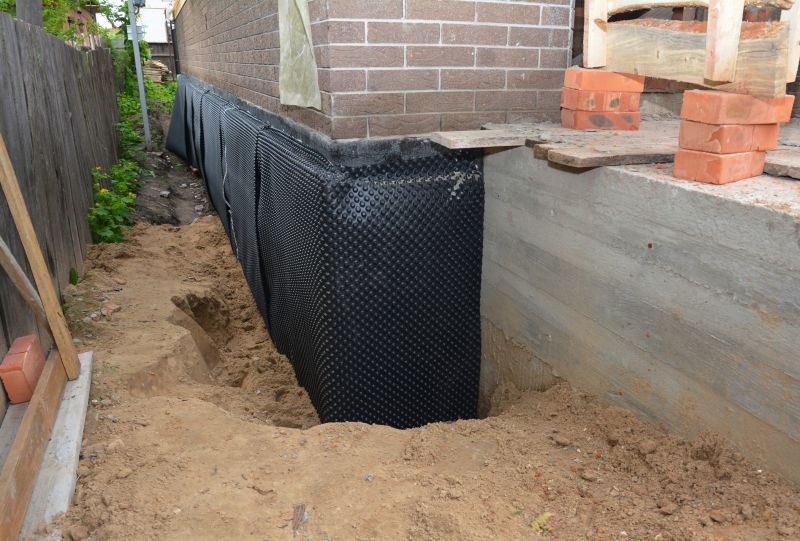
Cold temperatures can cause waterproofing materials to become brittle and less effective, making winter an unsuitable time for application.
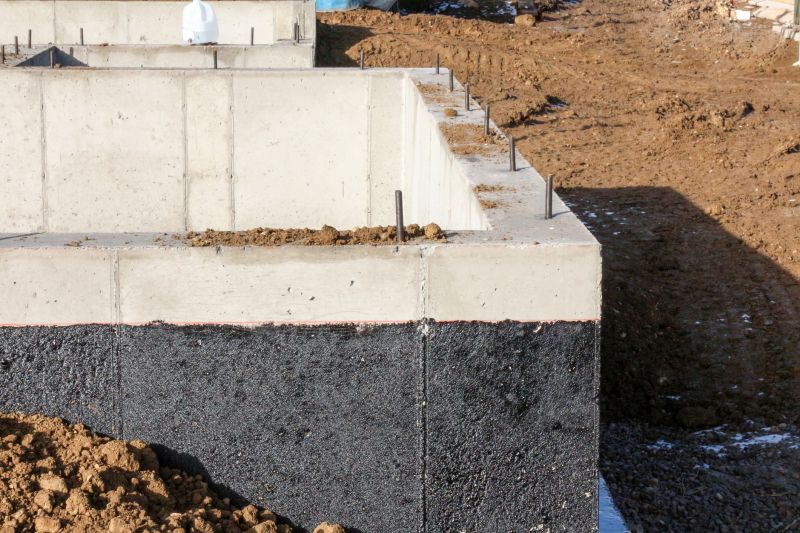
Warm weather allows for thorough application and curing but requires protection from direct sunlight and excessive heat.

Ways to make Waterproofings work in tight or awkward layouts.

Popular materials for Waterproofings and why they hold up over time.

Simple add-ons that improve Waterproofings without blowing the budget.
| Season | Advantages |
|---|---|
| Spring | Moderate temperatures and low humidity promote optimal adhesion. |
| Early Summer | Ideal for thorough application and curing. |
| Fall | Cooler temperatures prevent rapid drying, suitable for waterproofing. |
| Winter | Generally unsuitable due to freezing conditions and poor adhesion. |
Waterproofings involve the application of materials designed to prevent water penetration into structures. These systems can include membranes, coatings, sealants, and other protective barriers. Proper timing and application conditions are essential to maximize their effectiveness. Studies indicate that correctly timed waterproofing can extend the lifespan of a structure by several decades, reducing maintenance costs and preventing costly water damage.

Various materials like liquid membranes, sheet membranes, and sealants are used depending on the application and environmental conditions.

Proper surface preparation and application techniques ensure the durability and effectiveness of waterproofing systems.
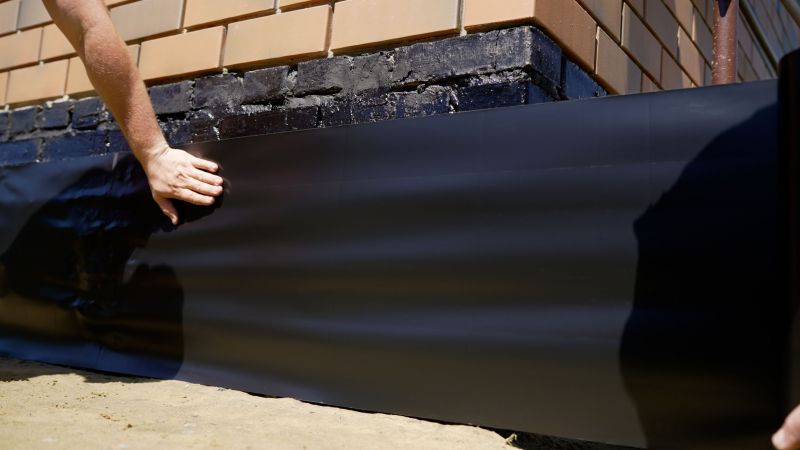
Typically applied on foundations, roofs, basements, and balconies to prevent water ingress.
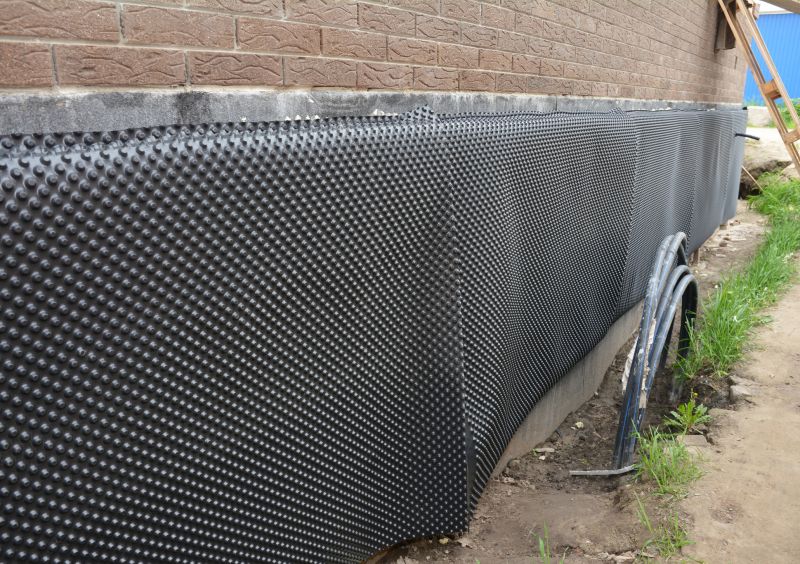
A vital part of building design that protects structural elements from water damage and enhances longevity.
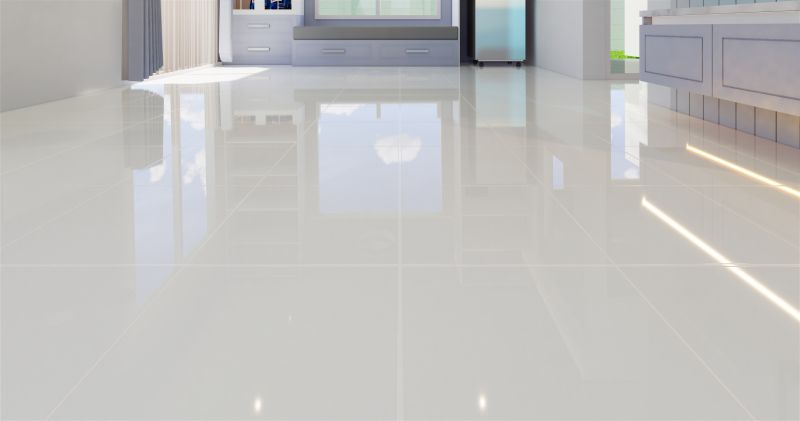
High-end options that actually feel worth it for Waterproofings.
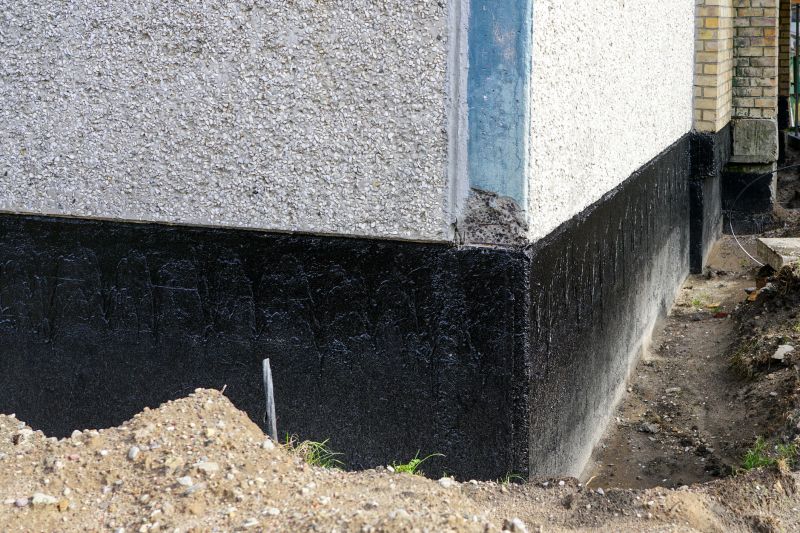
Finishes and colors that play nicely with Waterproofings.
For those interested in waterproofing services, filling out the contact form provides an opportunity to discuss specific needs and scheduling options. Proper timing, combined with quality materials and skilled application, ensures long-lasting protection against water intrusion. Accurate planning and execution are key to maintaining structural integrity and avoiding future water-related issues.

